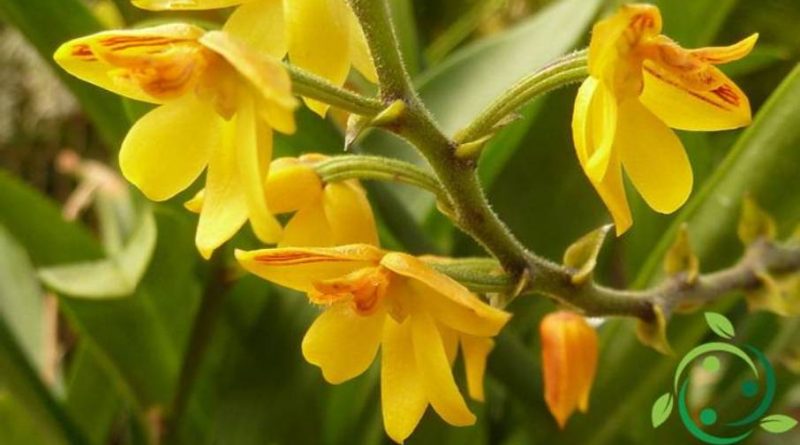How to grow Polystachya
How to grow Polystachya
The Polystachya are a genus of plants (Polystachia Hook, 1824) of the orchidaceae family, which includes about 100 species. Polystachyas originate in much of tropical Africa and parts of Asia and America.
The name of this species comes from the Greek polys (a lot) and stàchys (spike), due to the numerous inflorescences produced by some species.
These are species some of which are terrestrial while others are epiphytes and, in addition, some species are endowed with pseudobulbs and leaf stems.
In this card we will see how to grow Polystachya, according to the climatic and pedological needs of this genus.
Among the most common species we mention:
– Polystachia bicarinata – is a plant native to the areas between Kenya, Uganda and Tanzania, which has cone-shaped pseudobulbs; it has lance-shaped leaves and pendulous racemes; the flowers can reach 2 or 3 cm, with pink petals and white labellum;
– Polystachia pubescens – coming from the area between East Africa and South Africa. This plant has agglomerated pseudobulbs and is no more than 10 cm high; the flowers are fragrant yellow with small purple lines, the labellum is pubescent inside;
– Polystachia leonensis – plant from Sierra Leone. It is recognized for the small and pseudobulb leaves of small dimensions with creeping rhizomes; the flowers are small and have an erect stem and are green with purple shades; the labellum is white with purple side lobes.
For the cultivation of this genus of orchids, given their climatic origin, it is necessary a warm and humid greenhouse in which, during the winter period the temperature must never fall below 16 ° C.
Remember that the Polystachya should never be placed in direct sunlight but in a shaded area.
Small pots can be used for cultivation.
The substrate to be adopted must be composed of osmunda and sphagnum mixed in equal parts. It is advisable to place a layer of perlite or coarse gravel on the bottom of the pots to facilitate draining of excess water.
For water supplies, regular and frequent watering must be carried out in the period from late spring to summer and then gradually reduced as temperatures decrease. In winter they should be done only when the substrate is dry.
This will allow the plant to go into dormancy, a very important factor for the future vegetative and flowering phase.
Irrigation water must always have a low salt content: to do this you can choose rainwater or, in the absence of these, mix deionized water with normal mains water in such a proportion that the limestone content and other salts are reduced considerably. .
For fertilizing it is advisable to intervene only after the vegetative restart with additions every 15-20 days using liquid fertilizers for orchids to be mixed directly with the irrigation water.
Finally the multiplication; the technique adopted must be that of the division of the plant to be carried out in the spring period.

